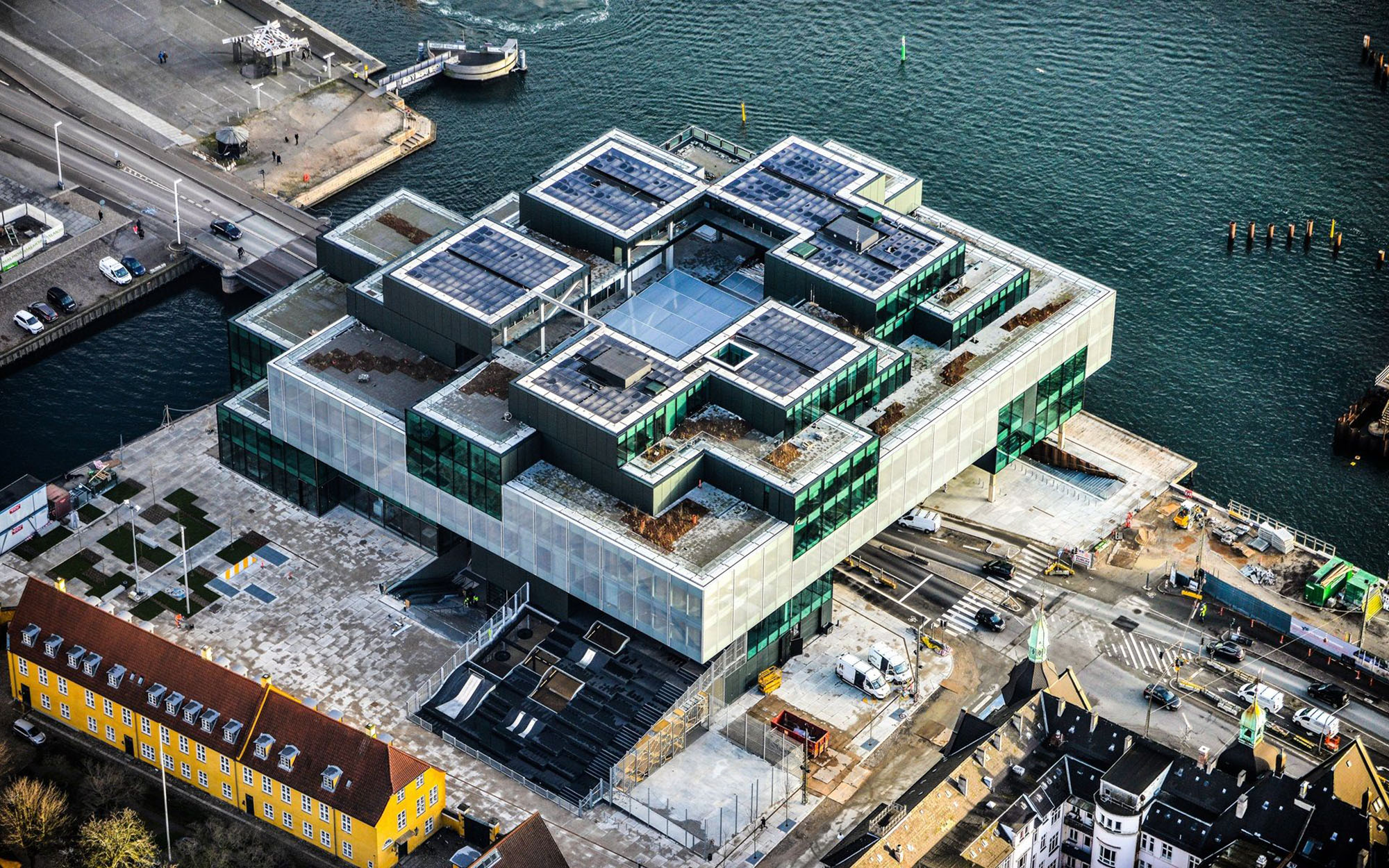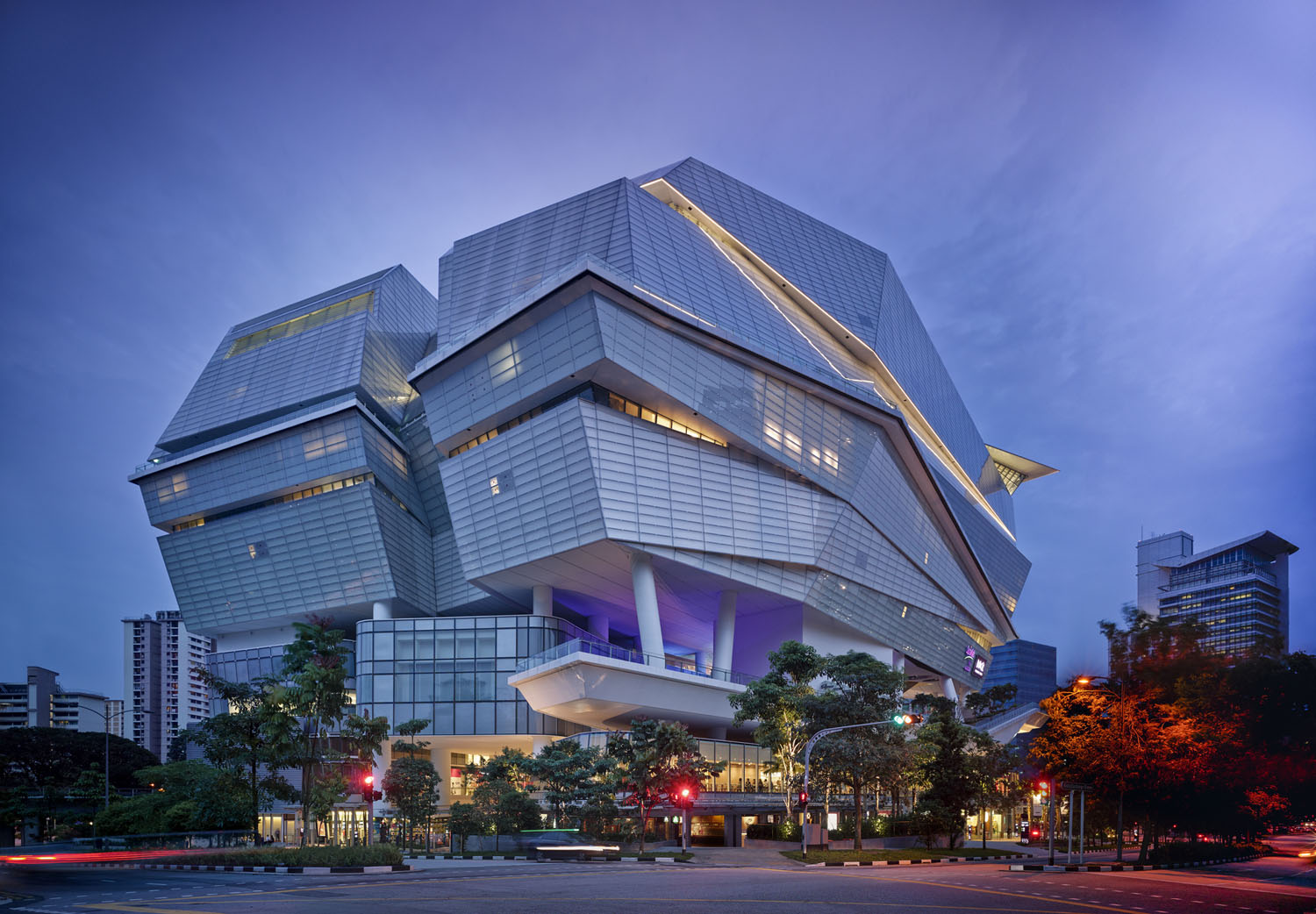Danish Architecture Centre (DAC) - BLOX design by OMA #architecture
Project: Danish Architecture Centre (DAC)
Architect: OMA
Location: Copenhagen, Denmark
Client: Realdania Byg Year: 2006 - ONGOING
Program: Museum / Gelary, Mixed Use
Partner: Ellen van Loon
Director: Adrianne Fisher
 © Rasmus Hjortshøj, COAST Studio
© Rasmus Hjortshøj, COAST Studio  © Rasmus Hjortshøj, COAST Studio
© Rasmus Hjortshøj, COAST Studio  © Rasmus Hjortshøj, COAST Studio
© Rasmus Hjortshøj, COAST Studio © Rasmus Hjortshøj, COAST Studio
© Rasmus Hjortshøj, COAST Studio © Rasmus Hjortshøj, COAST Studio
© Rasmus Hjortshøj, COAST Studio  © Rasmus Hjortshøj, COAST Studio
© Rasmus Hjortshøj, COAST Studio  © Rasmus Hjortshøj, COAST Studio
© Rasmus Hjortshøj, COAST Studio  © Rasmus Hjortshøj, COAST Studio
© Rasmus Hjortshøj, COAST Studio  © Rasmus Hjortshøj, COAST Studio
© Rasmus Hjortshøj, COAST Studio © Rasmus Hjortshøj, COAST Studio
© Rasmus Hjortshøj, COAST Studio  © Rasmus Hjortshøj, COAST Studio
© Rasmus Hjortshøj, COAST Studio  © Rasmus Hjortshøj, COAST Studio
© Rasmus Hjortshøj, COAST Studio  © Rasmus Hjortshøj, COAST Studio
© Rasmus Hjortshøj, COAST Studio  © Rasmus Hjortshøj, COAST Studio
© Rasmus Hjortshøj, COAST Studio  © Rasmus Hjortshøj, COAST Studio
© Rasmus Hjortshøj, COAST Studio DAC / BLOX
The design for the Danish Architecture Centre (DAC) is a linear display of the tenets of Danish Modernism: monumentality, simplicity and politeness. The Copenhagen harbour is experiencing a surge in development, transforming a previously under used natural asset into a new city-wide destination. The Bryghusgrunden site lies in the centre of this transformation. To capitalize on the site's potential we propose to use the building as an 'urban motor' to actively link the city and the waterfront. Providing a connection under the busy Christians Brygge, where entrances to the different program elements are strategically located, the site becomes both a destination and a connector at the hinge of the waterfront and the 'entrance' to the city.
As opposed to the typical stacked section, where building programs remain autonomous, the program 'heap' can create unexpected and unpredictable situations where each program is made aware of its coexistence with the others. Zoning The Bryghusgrunden site, situated on a fault line between two zones - a stagnant heritage zone of government offices and historic buildings, and a mutating metropol zone - can be considered as a newly born urban district. The polarity between the two, along with the waterfront location, give the site a unique position within Copenhagen.While occupying an ideal location along the harbour waterfront, the site lacks any identity. Public spaces, city, and water merge into one continuous field of asphalt and concrete. No Spatial Definition The public domain on and around the site also currently lacks any spatial definition. No distinction is made between road, car park and urban plaza. The open area is too large and very unspectacular. There is no sense of being in the epicenter of Copenhagen, a place where city and waterfront are coming together. No Connectivity Currently, the public circulation throughout the site enforces the separation between city and water With no connection between the two, movement from the city remains distinct from pathways along the waterfront. The typical remedy to this situation is to setback buildings from the water to create a public passage. However, looking at the existing situation along the harbour front, the size, quality and atmosphere of these spaces renders them empty and unusable. "Meeting Point" To give the waterfront definition and a sense of destination, a strong building footprint, touching all four sides of the site, would break the monotony. Each side of the site would retain its own identity. The building would become a meeting point of the waterfront, the harbour, Kierkegaard's Square, and the city. Urban Definition With the square footprint the surrounding areas are reformed. Kierkegaard's Square is given a strong border and a sense of enclosure. The northern area of the site is reformed into an intimate urban plaza, while the waterfront is reactivated with public activity. Building Can we create a building that not just responds to the contextual issues, but that is capable of introducing a new impulse in this area? Can we turn the constraints into exciting conditions and create a new language for Copenhagen? Harbour Modernism A linear display of the tenets of Danish Modernism: monumentality, simplicity and politeness. The harbour holds some of Denmark's most notable architectural icons, both past and present Concept Responding to the Bryghusgrunden's harbour neighbors formed the motivation of the project. Hyper-clean, modern, and polite became characteristics to investigate. VolumeThe urban context made us interested in a large footprint for the building. In order to fit in the requested program a solid volume, similar to the adjacent modern buildings, could be the base for the design. Heights Surrounded by historically significant and protected buildings on three sides of the site, the surrounding context is highly sensitive to the building's volume. The highest point of the building relates to the Lille Christianborg to the west and the Old Brewery to the north east forming an enclave of low rise historical buildings directly to the north. Mixed-Use Building The various program elements are stacked in a seemingly random order. The public program, the urban routes and the DAC, reach into the heart of the building and create a broad range of interaction between the different users. Urban Passage Situated between the city centre and the waterfront, the site possess one of Copenhagen's few remaining opportunities to connect the two. To capitalize on the site's potential the building introduces the concept of the 'urban motor' to Copenhagen and actively reunites the city to its harbour. Program Opposed to the typical stacked section, where building programs remain autonomous, the program 'heap' can create unexpected and unpredictable situations where each program is made aware of its coexistence with the others. DAC The Danish Architecture Centre is the only architecture research and display venue to be embedded within its own subjects of housing, offices and parking. Program Sequence The DAC program is organized as a vertical sequence through the building. Starting below ground and moving upwards to the cafe with its view over all of Copenhagen, each program is given a unique position and quality making a varied progression through the building. DAC Auditorium Looking out over the city of Copenhagen, the DAC Auditorium reconnects the visitor to the city; from the outside it becomes a attracting beacon for DAC. Laboratory DAC could take advantage of its varying position throughout the building by treating the surrounding program as testing ground for architectural experiments in housing, offices and parking. Offices The rentable office spaces offer generous views into the city through the large glass facade. The facade to the DAC atrium provides internal relations to other building users and the public. All offices are provided with natural ventilation which will enhance the comfort in the office space. Landscape As an extension of the urban passage, the surrounding site is reformed into a series of public spaces. The north, adjacent to the Materialgård, is small in scale and designed as an intimate public plaza. Along the water, the long and narrow strip is populated with urban activities further intensifying the population of the site. Playground In the design of the building and the landscape a playground concept is integrated. Different than the current playground the new proposal has different typologies of playgrounds distributed over the entire site. The most secured playground area is an exterior terrace located within the building volume, the landscape at the waterfront is attractive for the older kids. The playground will have a mix of an urban character and natural topographic elements and will challenge the children.
Source: OMA
m i l i m e t d e s i g n – w h e r e t h e c o n v e r g e n c e o f u n i q u e c r e a t i v e s
Since 2009. Copyright © 2023 Milimetdesign. All rights reserved. Contact: milimetdesign@milimet.com































